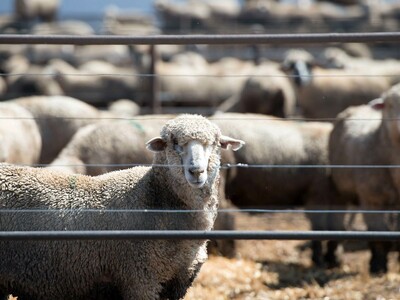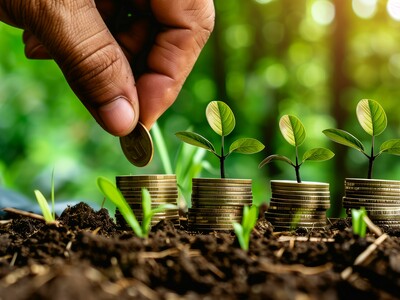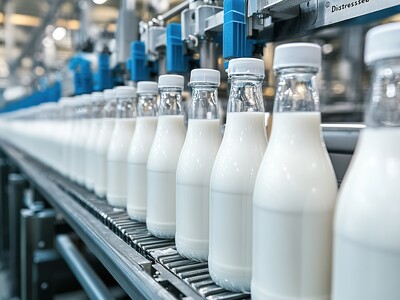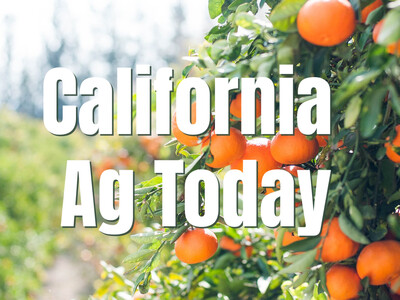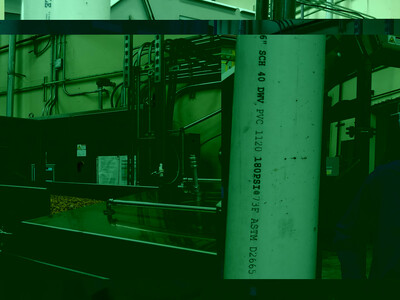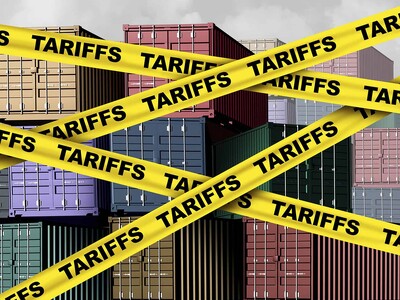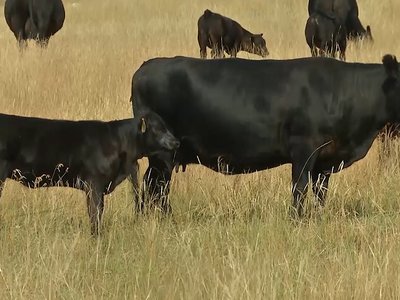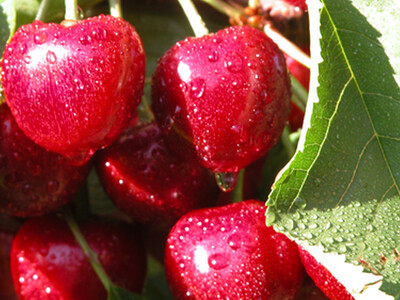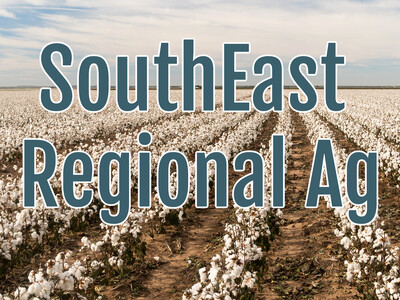Woody Biomass Solution
Woody Biomass Solution. I’m Greg Martin as Line On Agriculture presents the Harvest Clean Energy Report.
Wood burns. We all know that but it can either be something as devastating as a forest fire or as energy efficient as a source of woody biomass. Mark Kendall with
KENDALL: In
Basically by cleaning up forestlands and doing some preventative thinning in fire prone areas there is an ample supply of woody biomass.
KENDALL: To invest significantly in building infrastructure companies around that kind of service though we need long term commitments from federal forest managers so that it’s someone’s business plan has longevity and they can amortize certain capital costs over time.
To date, two woody biomass companies have stepped in with long term contracts with their local forests. These contracts are a new model for the forests and are being closely monitored.
KENDALL: Our objective at the Department of Energy and in partnership with the U.S. Forest Service and Oregon Department of Forestry is to first focus on wood at it’s highest added value so if we bring material out of a stewardship forest thinning, fire fuel risk reduction environment we want to first use it as saw log or timber and then use thin material as post and pole and then there may be shavings that can be used as animal bedding and that sort of thing and we’ll have all the woody biomass we’ll need for energy purposes.
For additional information on clean energy, visit harvestcleanenergy.org. That’s today’s Line On Agriculture. I’m Greg Martin on the Northwest Ag Information Network.
www.harvestcleanenergy.org





